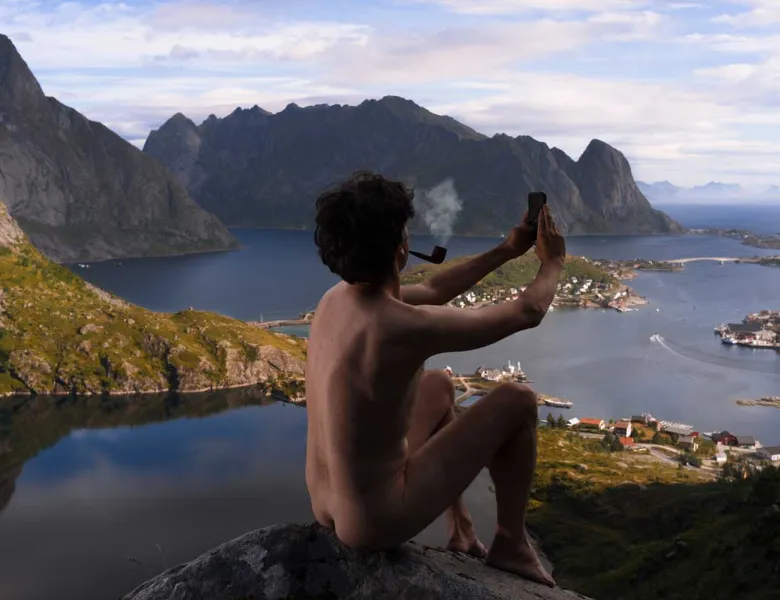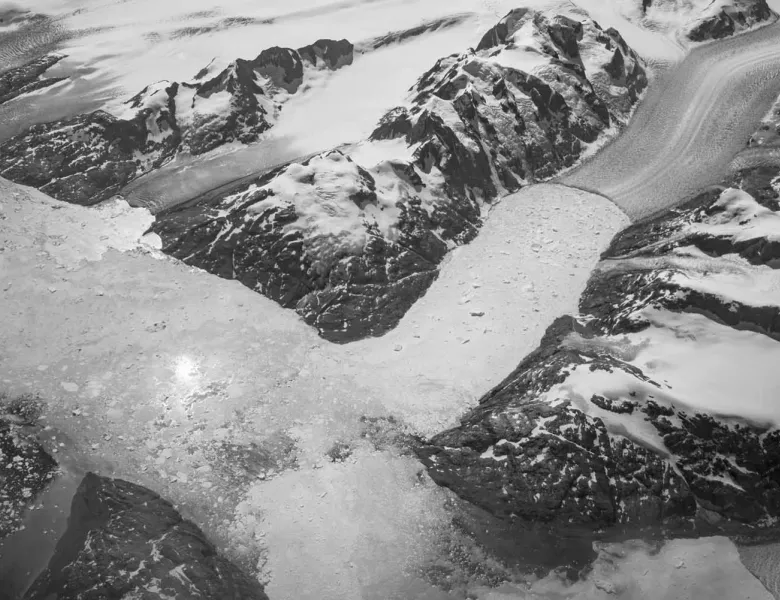Divine Animals: The Bovidae by R.J. Kern, The Fence
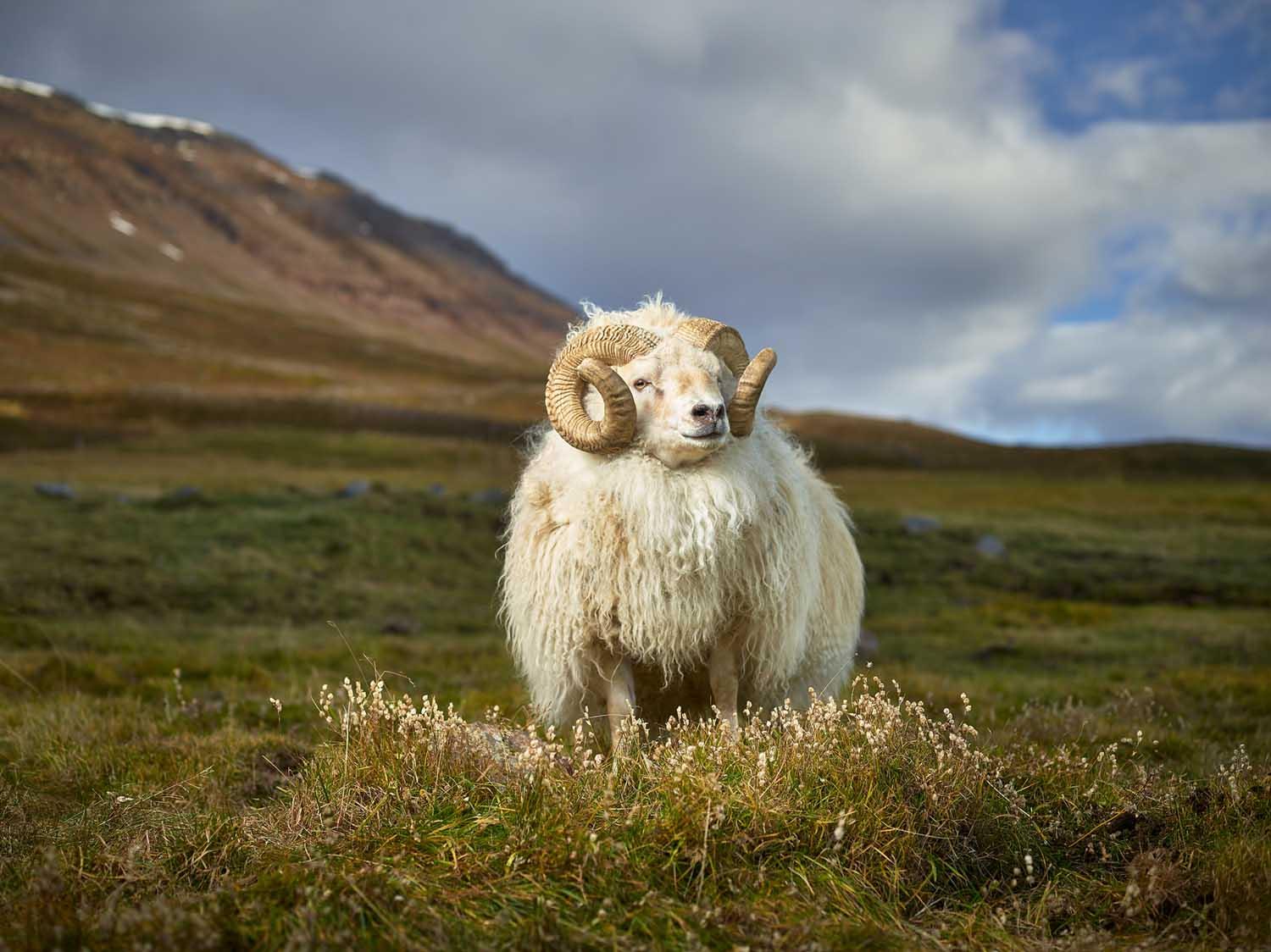
This blog is part of a series of exclusive interviews with the winners of The Fence 2016. The Fence is an large-scale outdoor photography installation exhibited in multiple major cities across the USA. Each year, photographers of all levels are invited to submit work that fits under one or more thematic categories. The Fence was conceived by United Photo Industries and Photo District News in 2011.
---
R. J. Kern is a Minneapolis-based photographer whose work explores animal portraiture as it relates to ideas of home, ancestry, and a sense of place. 'Divine Animals: The Bovidae' explores how we see animals in a place, how we shape that place, and how it shapes us. Inspired by the compositions and lighting from landscape paintings from 1850, these photographs aim to elevate and revere the animals that continue to roam my ancestral land to this day.
Hi R.J. You talk about one of the influences of your photographs being landscape paintings from 1850, what is it about these that first inspired you?
Many of scenes depicted the normal, rendered extraordinarily. The compositions caught my eye, the visual narratives drew me in, and the quality of the lighting made me want to study the work again and again. Rich symbolism and thoughtful placement of subjects made me think deeper about societal issues we experience today - where cultural identity, landscape, and place collide.
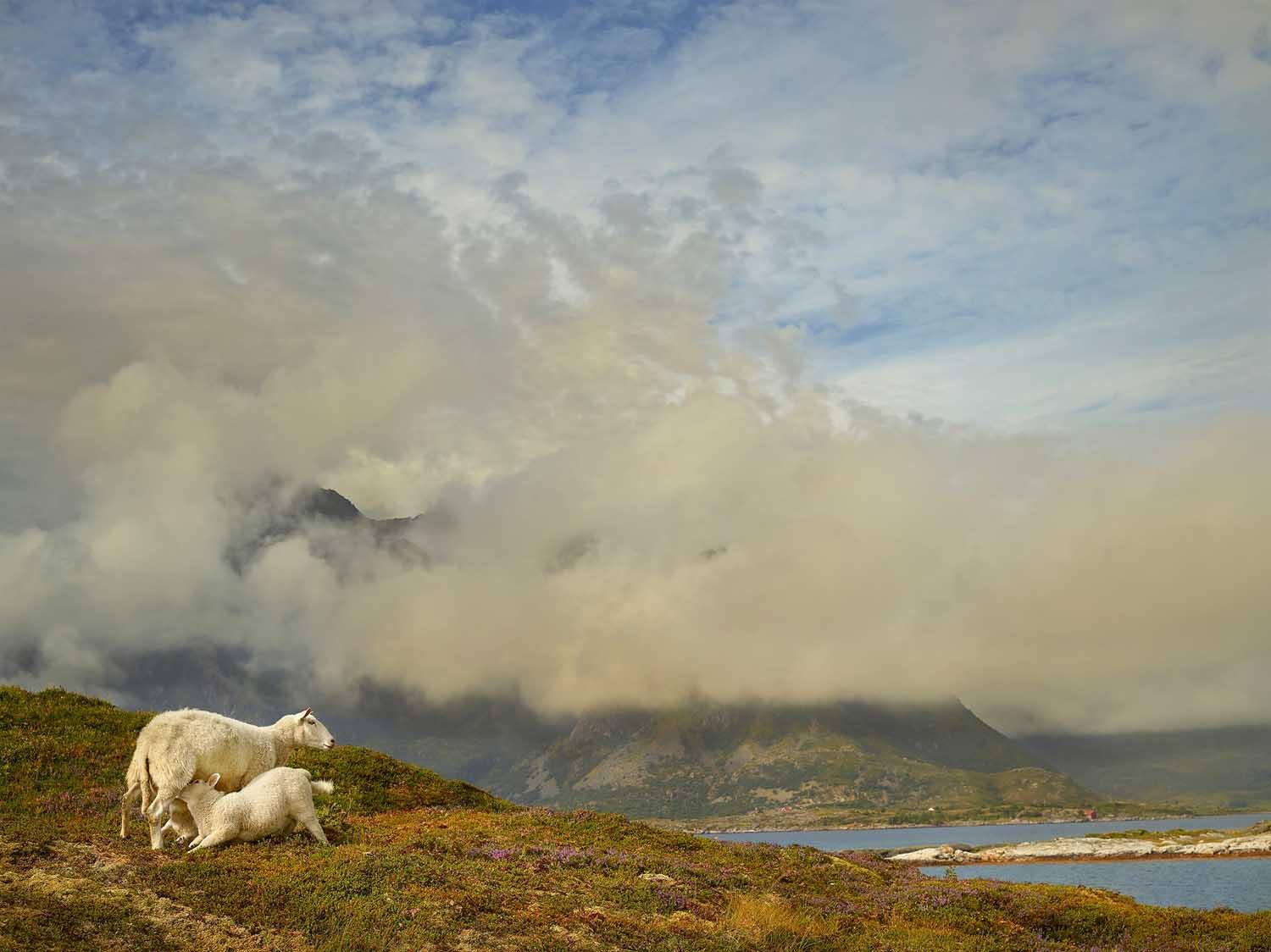
Where do you think your work will go from here, or will you continue to photograph these animals?
Personal discovery remains a key component of my work. I recently completed my bovidae project, spending time in Germany where my father’s family is from. I hope to finalize the project in a book form.
Looking forward, I wish to further explore how we see animals in a place, how we shape that place, and how it shapes us. In the classical pastoral, the human influence is benign and the attitude respectful, suggesting contentment. I am photographer concerned with environmental issues, but I am not drawn to oil spills, unsightly encroachments, or scars on the land, but I am looking for the things humans effect nonetheless. I am interested in their domesticity and want to ask the audience the question: what makes a goat, sheep or ram? How have we influenced their evolution? What are they becoming? The question concerns why and how we have created this relationship with other species is a relationship that reflects intensively on humanity.
Continuing the approach in my home state of Minnesota has allowed creative roots to deepen. In my next project, "The Unchosen Ones,” I wish to showcase the beauty and spirit of county fair animals often chosen as last place in the lineup. The portraits invite us to examine the predilection to pick winners and the implications for those not chosen. The project consists of over 60 portraits made at 10 Minnesota county fairs in 2016, made possible by the Artist Initiative Grant from the Minnesota State Arts Board. The work will be exhibited in a solo exhibition in Minnesota in February 2017.
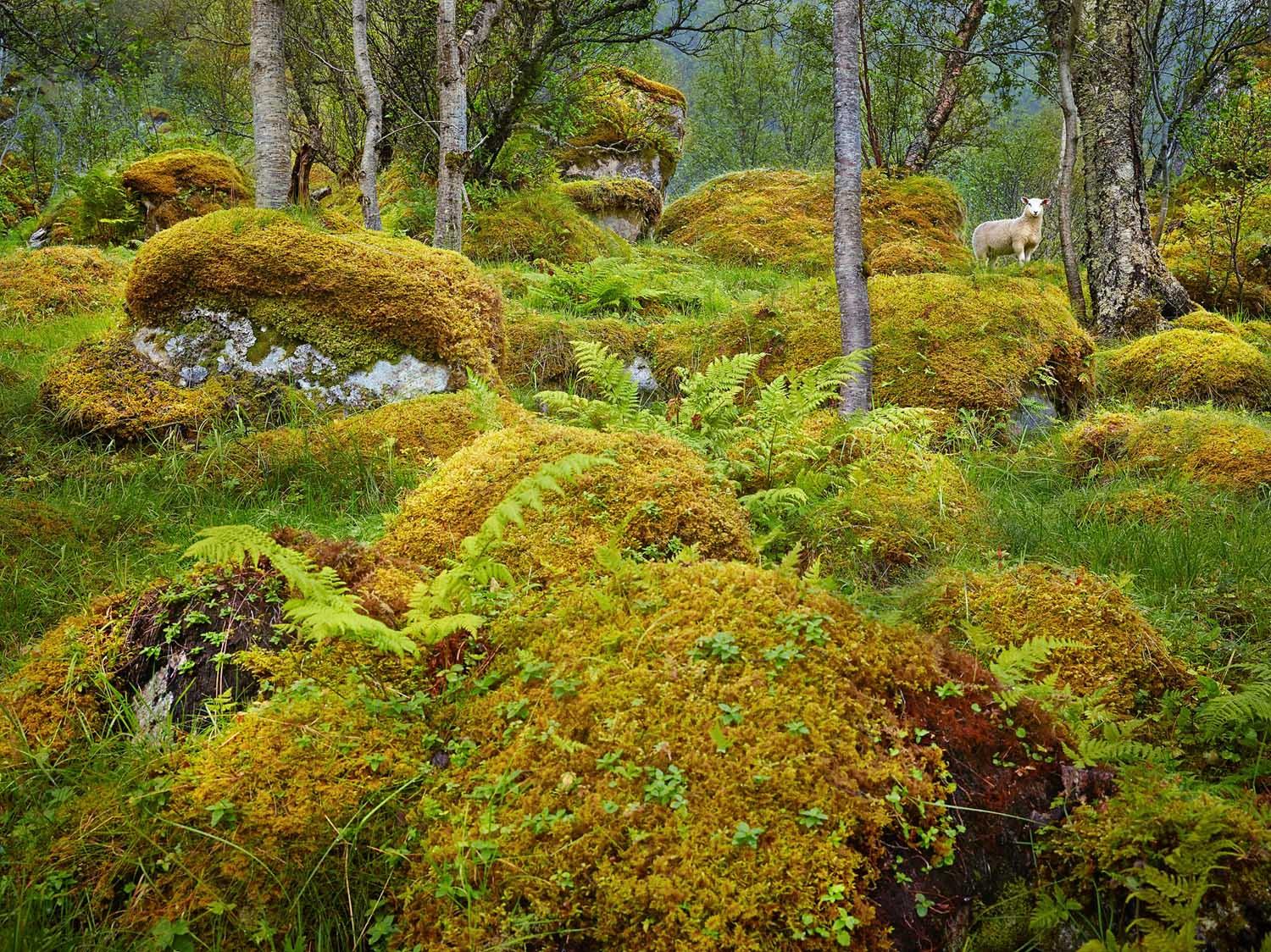
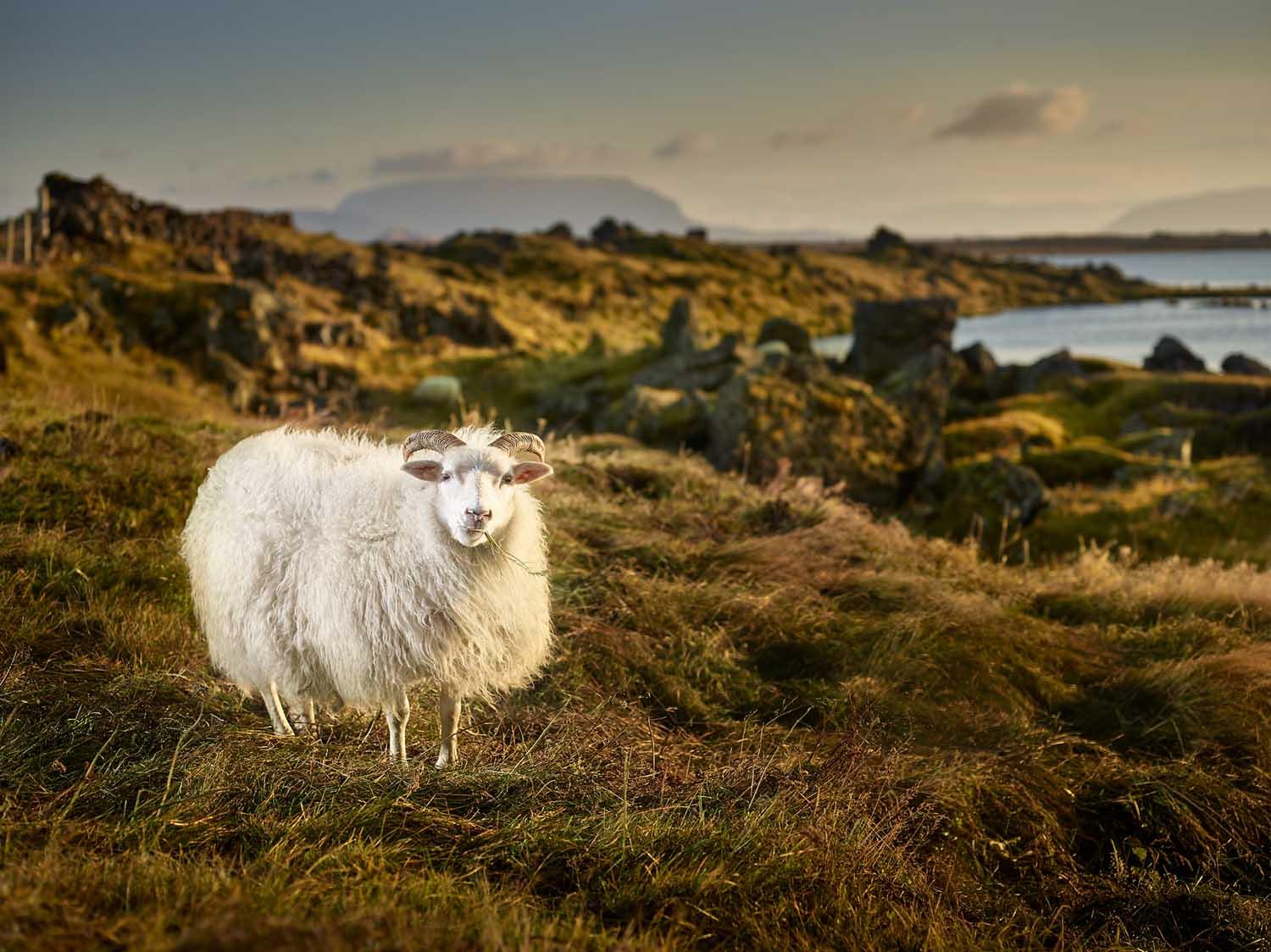
The lighting appears such an important factor within these images, can you talk us through how you set up your shoots, and how much is done in post production?
Knitted into my use of bovidae are underlying layers of symbolism, myth, and cliche. I think about these as I travel to my photo shoots in pastures and fields using a medium format camera with studio lighting equipment. Weeks of planning, coordination, and patience goes into creating one image.
To capture these animals against the pastoral landscape they inhabit, I rely on assistance from locals and often their herd dogs. My tools are a medium format digital camera with studio lighting equipment, with lighting and composition inspired by painters Albert Bierstadt, Thomas Sidney Cooper, William Holman Hunt, and John Everett Millais along with photographers from the Pictorialist movement. I think of my lighting as a way to compliment my subject, add a bit of drama and interest. The leaf shutter built into the lens makes it easier for me to balance the ambient with my lighting. Often I am shooting at f/4 at 1/1600 sec, ISO 50 with a diffused light with 1200 w/s strobe.
When I first started out learning studio lighting, I studied blogs, books, magazines. I looked at what I thought what mattered most: the key light, which mainly lit the subject in a way the defines shapes and shadows. However, after studying old paintings in fancy museums, subtle shadow details revealed what my camera couldn’t. There was something missing and I didn’t know how to put my finger on it. Painters, I guess, have it easier to create the light they desire. With a brush, they can create all the shadow detail they want, with desired contrast and tonality.
As of late, I attempt to bath subject in soft, light to establish the minimum amount of shadow detail. Then build the key light around that. Sometimes I can find it with natural light, other times i must augment the light with my tools to create re-produceable light consistent in my style.
Very little Photoshop is used in my approach, not much different that what is possible in a traditional darkroom. I do pay special attention to get the image as best as possible in camera so that it is print-ready, however to make the images look their best I do take the proper measures.
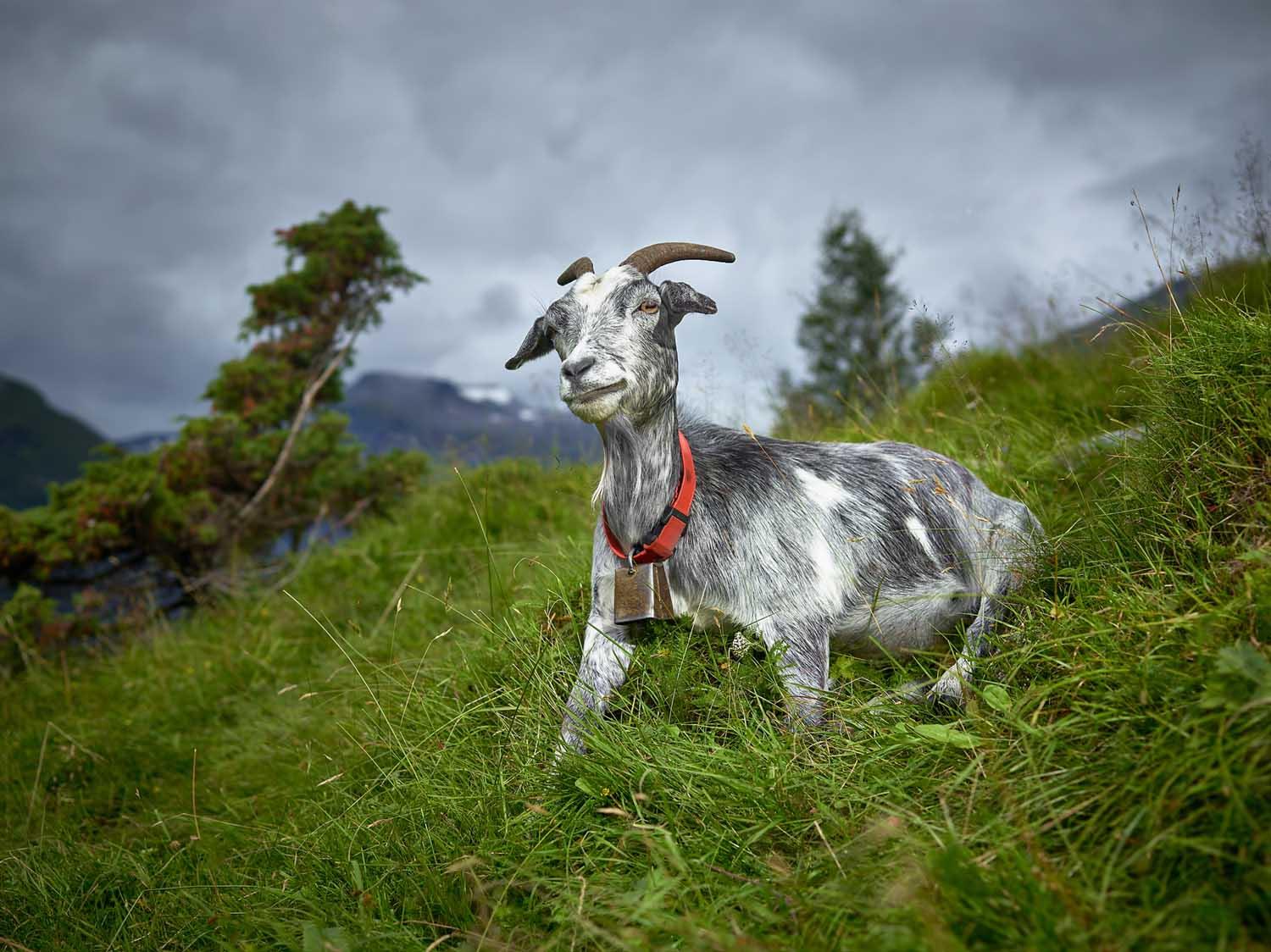
Do you ever think you will stop roaming and settle anywhere? If so, where would your dream home be?
Yes, we have settled down and growing roots. I am currently in the process of making our dream home a reality with my wife and family in Minneapolis, Minnesota, USA.
Do you have a photographic philosophy?
I draw on the words of Ralph Waldo Emerson who said, “Love of beauty is taste. Creation of beauty is art.”
The camera helps me to interpret and order the world. It helps me to see relationships: animals to land, people to animals, people and animals to work. The lens and film plane- and now the digital file - help me order the world, connecting one thing to another.
Where in the world are you now?
I love my home-base of Minneapolis, Minnesota.
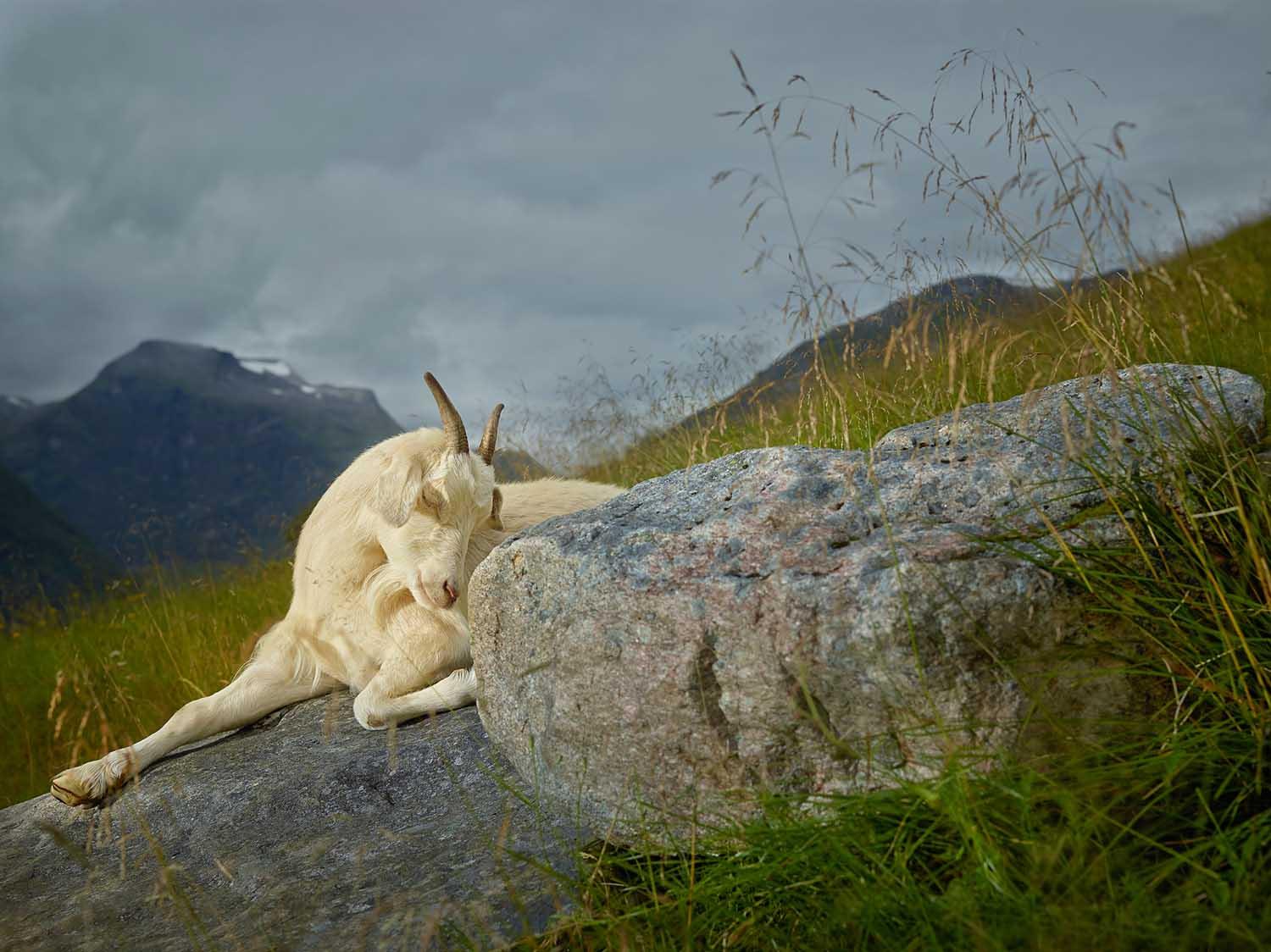
rjkern.com
twitter.com/kernphoto
@kernphoto
fence.photoville.com






